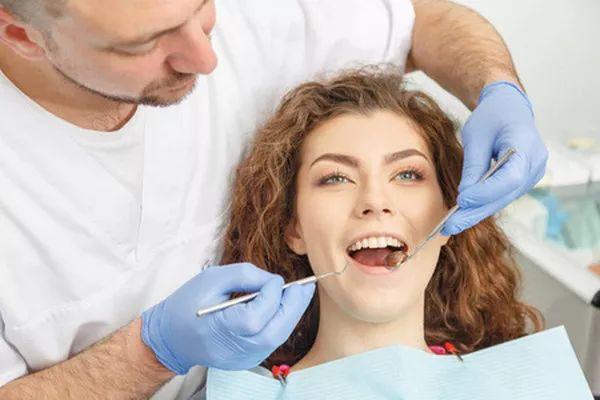Periodontitis, a severe form of gum disease, can lead to significant bone loss in the supporting structures of the teeth. Bone loss in periodontitis is a complex process driven by various factors, including bacterial infection, host response, inflammation, and genetic susceptibility. Understanding the mechanisms behind bone loss in periodontitis is crucial for developing effective treatment strategies to prevent further damage and maintain oral health.
Bacterial Infection and Inflammatory Response
The primary cause of bone loss in periodontitis is the presence of bacterial biofilms, commonly known as dental plaque, along the gumline and below it. These biofilms consist of diverse bacterial species that thrive in the oral environment. The bacteria release toxins and enzymes that trigger an inflammatory response from the immune system. This response aims to eliminate the bacteria and repair the damaged tissues, but in chronic cases of periodontitis, this inflammatory process becomes persistent and leads to bone destruction.
The bacteria produce molecules called lipopolysaccharides (LPS) that stimulate the immune system to release cytokines, which are signaling proteins responsible for inflammation. The continuous production of cytokines results in a chronic state of inflammation, promoting the destruction of periodontal tissues, including bone.
Role of Host Response
Individuals vary in their susceptibility to periodontitis-related bone loss due to differences in their immune responses. Genetic factors play a significant role in determining an individual’s susceptibility to bone loss. Certain genetic variations can increase the likelihood of an excessive inflammatory response, making some people more vulnerable to severe periodontitis.
Moreover, the immune system’s response to bacterial invasion can inadvertently contribute to bone destruction. Immune cells release enzymes such as matrix metalloproteinases (MMPs) that degrade the extracellular matrix and bone tissue as part of the body’s defense mechanism. However, in chronic periodontitis cases, the uncontrolled release of these enzymes can lead to excessive bone resorption.
Inflammation and Bone Resorption
The continuous inflammation caused by the bacterial infection and immune response has a direct impact on bone tissue. Osteoclasts, specialized cells responsible for bone resorption, are activated in the presence of inflammation. These cells break down bone tissue, leading to bone loss. The process is regulated by various molecules, including receptor activator of nuclear factor kappa-B ligand (RANKL) and osteoprotegerin (OPG). An imbalance between RANKL and OPG can result in increased osteoclast activity and subsequent bone loss.
Local and Systemic Factors
Several local and systemic factors can exacerbate bone loss in periodontitis. Smoking, for instance, is a significant risk factor that worsens inflammation and impairs the healing process. Diabetes mellitus can also contribute to bone loss due to its impact on blood flow, collagen synthesis, and immune function.
Poor oral hygiene practices and inadequate dental care can accelerate the progression of periodontitis, leading to more extensive bone loss. Additionally, systemic conditions that compromise the immune system, such as HIV/AIDS, can exacerbate the severity of periodontitis and bone loss.
Conclusion
Bone loss in periodontitis is a multifactorial process driven by bacterial infection, chronic inflammation, host response, genetic factors, and various local and systemic influences. Understanding these underlying mechanisms is crucial for developing targeted treatment approaches to mitigate bone loss and manage periodontitis effectively. By addressing both the bacterial infection and the host inflammatory response, oral health professionals can work towards preserving the integrity of the supporting bone structures and ensuring the overall well-being of patients. Early intervention, proper oral hygiene, regular dental visits, and a comprehensive treatment plan are essential steps in preventing and managing bone loss associated with periodontitis.
Related Topics:





























